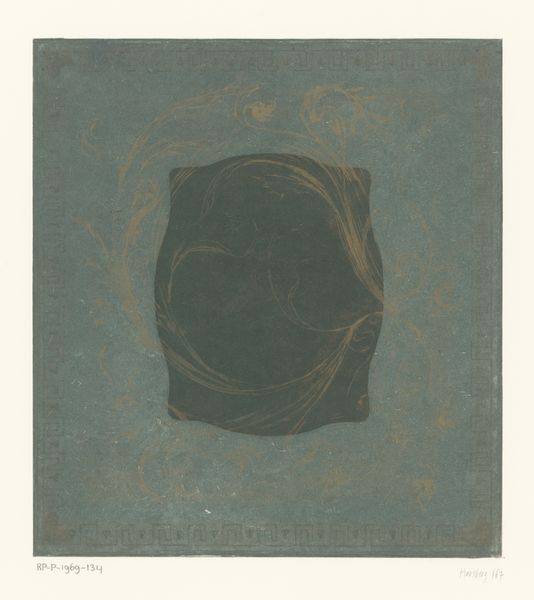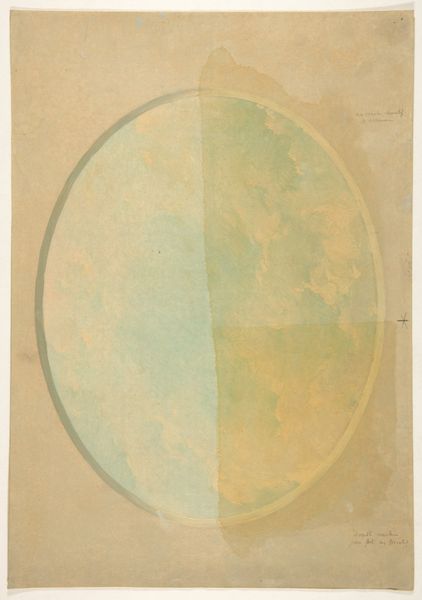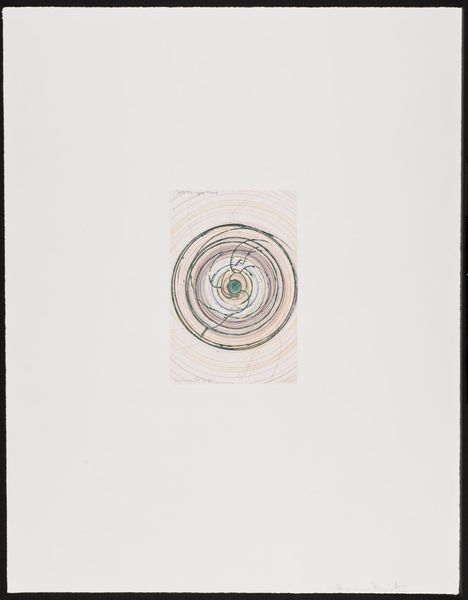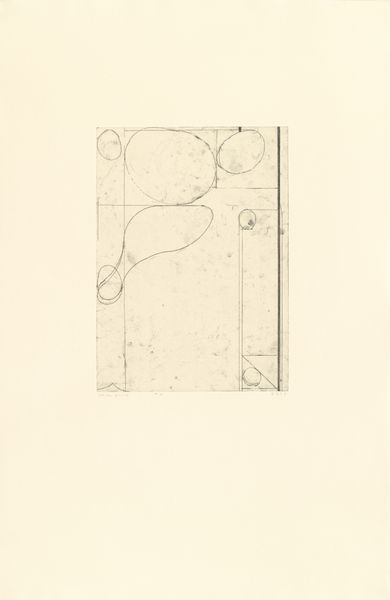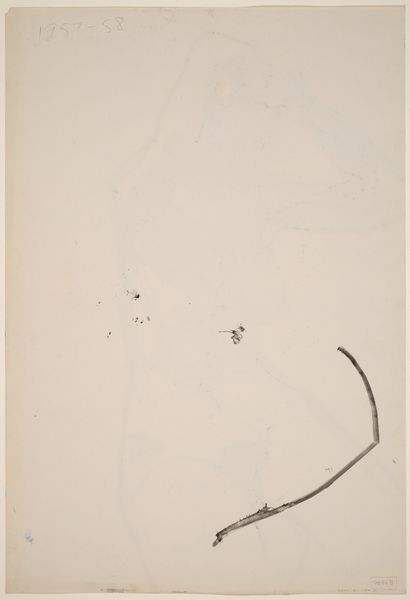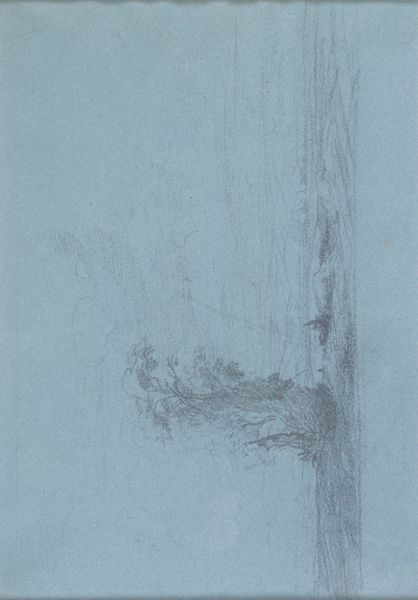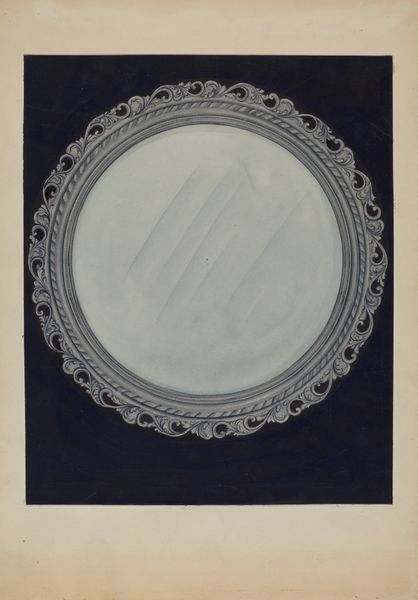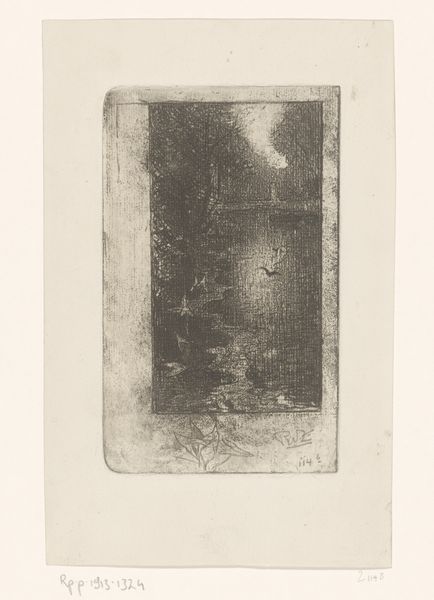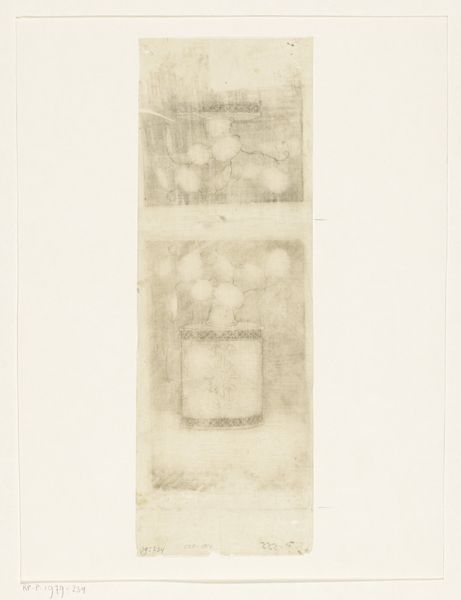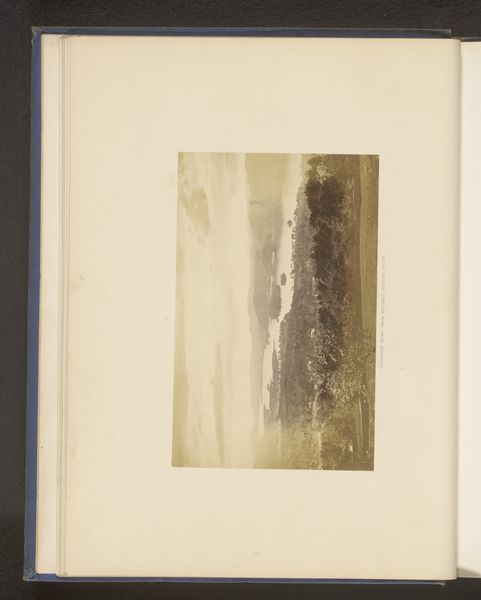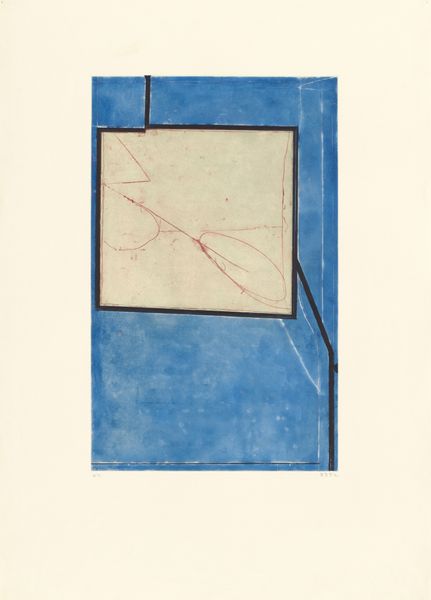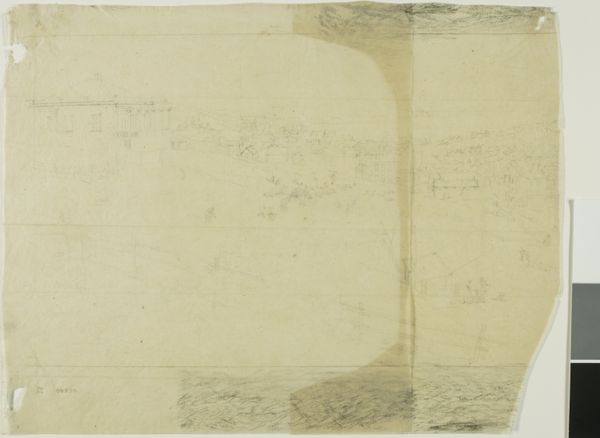
drawing, glass, charcoal
#
drawing
#
charcoal drawing
#
glass
#
charcoal
#
charcoal
#
watercolor
#
realism
Dimensions: overall: 30.5 x 22.6 cm (12 x 8 7/8 in.)
Copyright: National Gallery of Art: CC0 1.0
Curator: I'm immediately struck by the sense of diffused light in this charcoal and watercolor drawing. It's an understated work; the cool grays and blues evoke a quiet stillness. Editor: Indeed. This work is entitled "Bull's Eye" Glass. It was created sometime between 1935 and 1942 by John Tarantino. Curator: Glass, you say? Looking closer, the textures—the variations of opacity and reflection—become more evident. I notice the almost photorealistic rendering. Tarantino captures not just the form of the glass but its very essence. It’s as though he's illustrating a phenomenon. Editor: The 'bull's eye,' a type of glass with a central bulge, often imperfect. They evoke a sense of resilience. You see these imperfections captured masterfully, lending an authentic quality, hinting at the material's origins. Curator: It makes me consider the symbolism of glass itself: transparency and fragility existing in delicate balance. Historically, glass production has always been a technologically significant process, alchemically fascinating... representing status, but here rendered in humble charcoal. Editor: The slight distortion created by the curvature—how does that impact the formal reading for you? Does it break from convention or conform to expectation? Curator: Intriguing. It deviates. The eye isn’t so much led through a predictable composition as drawn into this hazy vortex. But let us also not ignore how the solid edges of the glass disrupt this, reinforcing its status as an object, not just an idea. It cleverly juxtaposes order and chance within defined borders. Editor: These edges almost mirror weathered wooden planks, grounding it, maybe implying themes of decay versus permanence. The subtle shadow cast at the base amplifies the three-dimensionality too, defying the 2D drawing medium. Curator: Ultimately, it seems Tarantino seeks to highlight a transient state. He almost traps light within the frame as an artifact. It resonates due to its ability to make tangible something ephemeral like luminosity through charcoal and wash. Editor: Yes, and by considering this simple object with such care, perhaps he challenges us to re-evaluate what we typically overlook. I will definitely be seeing bullseye glass differently from now on.
Comments
No comments
Be the first to comment and join the conversation on the ultimate creative platform.
